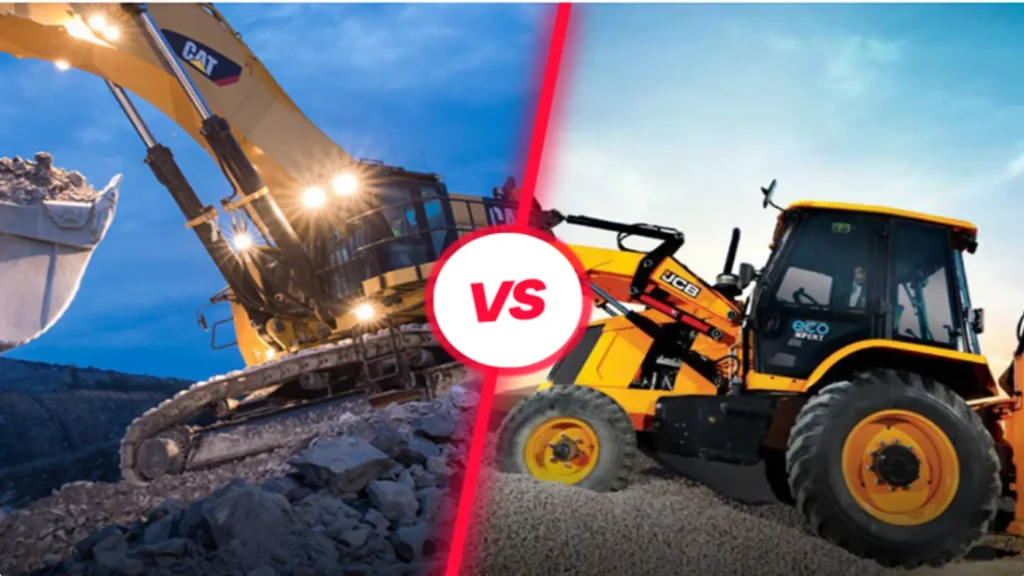Buying used construction equipment can be a smart investment, saving you a significant amount of money while still delivering reliable performance. However, purchasing second-hand machinery requires careful evaluation to avoid costly mistakes. This guide will walk you through everything you need to know when buying used construction equipment, ensuring you make the best decision for your business.
1. Define Your Equipment Needs
Before you start browsing, identify the exact equipment your project requires. Consider:
- Type of Machinery: Do you need an excavator, backhoe loader, bulldozer, crane, or skid steer?
- Size & Capacity: Ensure the equipment matches your project’s scale and material requirements.
- Attachments & Features: Some machines require additional attachments like hydraulic hammers, augers, or buckets.
- Budget Considerations: Factor in not just the price but also long-term costs like maintenance and fuel efficiency.
2. Research Reliable Sellers
Not all used equipment sellers are trustworthy. Consider buying from:
- Reputable Online Marketplaces: Platforms like HeavyMachineryCare.com connect buyers with verified sellers.
- Authorized Dealers: Many brands offer certified pre-owned machines with warranties.
- Auction Houses: Government and liquidation auctions often have good deals but require quick decision-making.
- Private Sellers: Buying directly from the owner may be cheaper but comes with higher risks.
3. Inspect the Equipment Thoroughly
A detailed inspection is crucial to avoid expensive repairs later. Check for:
- Physical Condition: Look for visible damage, rust, or worn-out parts.
- Hour Meter Reading: Higher usage hours mean more wear and tear. Compare it with the machine’s average lifespan.
- Engine Performance: Start the machine and check for unusual noises, leaks, or smoke emissions.
- Hydraulic System: Test all movements to ensure smooth operation and check for leaks.
- Tires & Tracks: Examine tread depth, cracks, and wear levels.
- Service History: Well-maintained machines come with maintenance logs detailing past repairs and servicing.
4. Request a Test Run
Never purchase used construction equipment without testing it first. During the test run:
- Observe the machine’s responsiveness and ease of control.
- Listen for any abnormal sounds.
- Test all functions, including lifting, rotating, and maneuvering.
- Check for warning lights on the dashboard.
5. Verify Equipment Documents
Ensure the equipment has all necessary paperwork, including:
- Ownership Records: Avoid stolen equipment by verifying the title and seller’s credentials.
- Service & Maintenance Logs: A well-documented history is a sign of good upkeep.
- Warranty (if applicable): Some used machines come with limited warranties.
- Compliance Certificates: Ensure it meets safety and emissions regulations.
6. Compare Prices and Negotiate Wisely
- Research the market price for the specific make and model.
- Compare listings on platforms like HeavyMachineryCare.com to determine fair pricing.
- Factor in additional costs like transportation, insurance, and taxes.
- Negotiate based on wear and tear, service records, and market value.
7. Consider Financing Options
If you can’t pay upfront, explore financing options:
- Equipment Loans: Banks and financial institutions offer loans specifically for heavy machinery.
- Leasing Options: Some sellers offer rent-to-own programs.
- Trade-In Deals: If you already own machinery, trading it in can reduce the cost.
8. Plan for Maintenance and Repairs
Once you’ve purchased your equipment, ensure it runs efficiently by:
- Scheduling Regular Maintenance: Follow the manufacturer’s guidelines.
- Training Operators: Proper handling extends equipment lifespan.
- Sourcing Spare Parts: Ensure easy availability of replacement parts.
- Keeping Records: Maintain logs for future resale value.
Conclusion
Buying used construction equipment is a cost-effective way to expand your fleet without breaking the bank. By following this guide, you can find high-quality, reliable machinery at the best price. Visit HeavyMachineryCare.com today to explore a wide range of verified second-hand equipment and make your next purchase with confidence!











